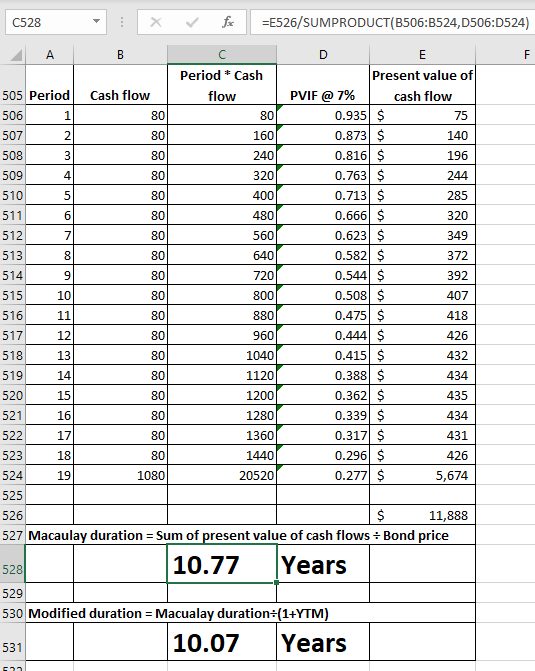Answered step by step
Verified Expert Solution
Question
1 Approved Answer
Suppose the yield to maturity on the bond in Problem 29 increases by .25 percent. What is the new price of the bond using duration?
Suppose the yield to maturity on the bond in Problem 29 increases by .25 percent. What is the new price of the bond using duration? What is the new price of the bond using the bond pricing formula? What if the yield to maturity increases by 1 percent? By 2 percent? By 5 percent? What does this tell you about using duration to estimate bond price changes for large interest rate changes?
answer from 29 :

Step by Step Solution
There are 3 Steps involved in it
Step: 1

Get Instant Access to Expert-Tailored Solutions
See step-by-step solutions with expert insights and AI powered tools for academic success
Step: 2

Step: 3

Ace Your Homework with AI
Get the answers you need in no time with our AI-driven, step-by-step assistance
Get Started


